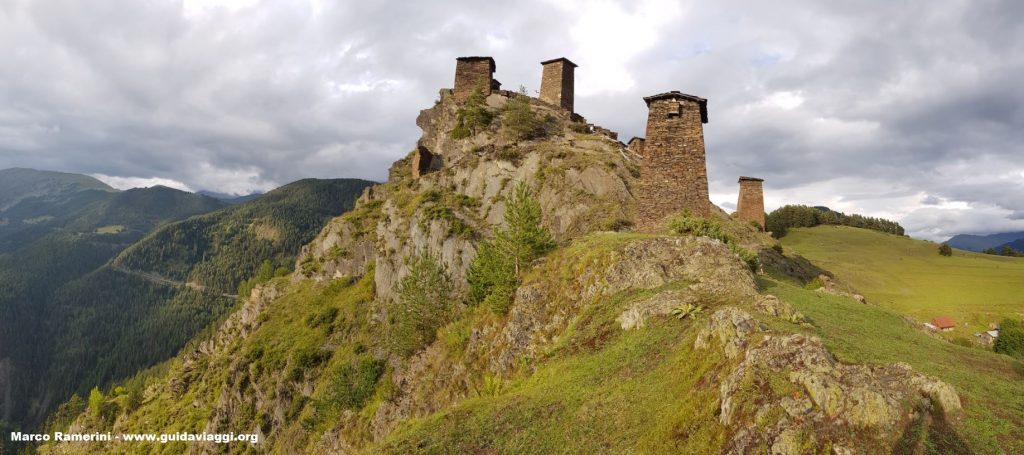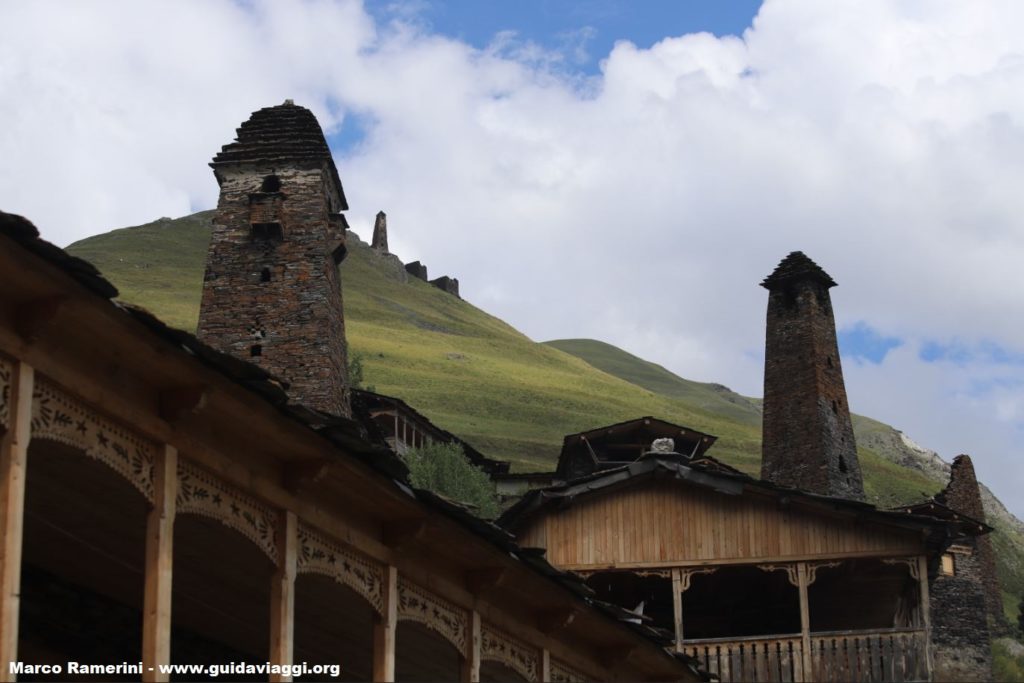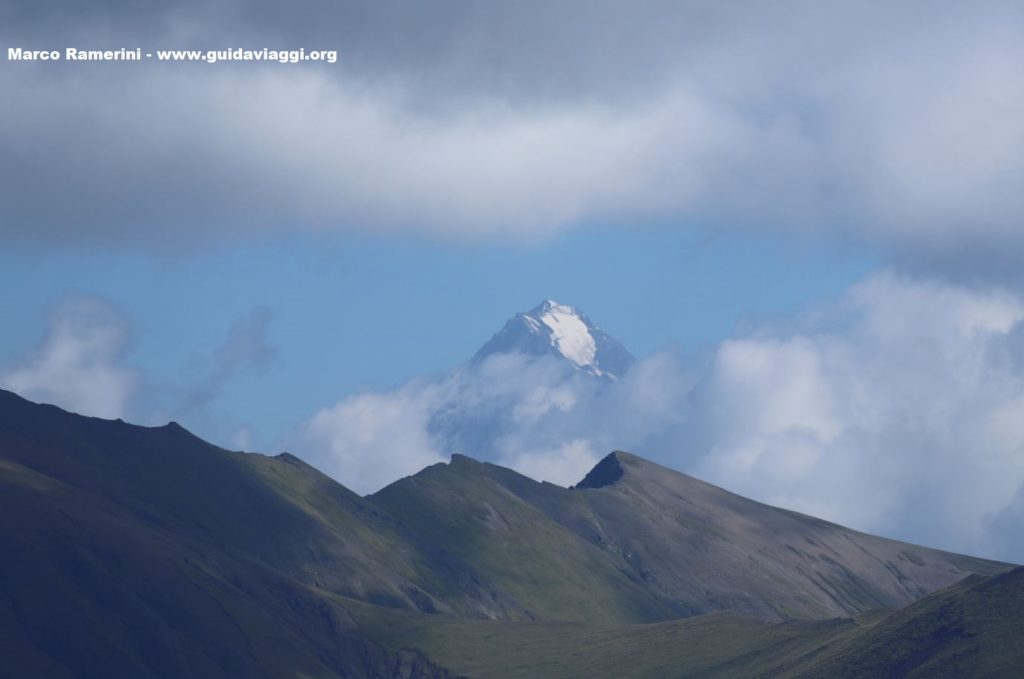This post is also available in:
![]() Deutsch
Deutsch
The Tusheti is a mountainous region of northeastern Georgia. This area of Georgia is among the most isolated in the country. Located in the mountains of the Greater Caucasus, the Tusheti borders the Russian republics of Chechnya (in the north) and Dagestan (in the east). Administratively the Tusheti is now part of the Georgian region of Kakheti.
The scenic scenery of the Tusheti is a spectacular mix of snow-capped peaks (reaching 4,800 meters high), wild gorges carved by impetuous rivers rich in water and grassy hills where flocks of sheep, herds of cows and horses graze in the wild. This combination of nature and wild beauty undoubtedly makes it one of Georgia’s most fascinating and unspoiled mountain regions. Much of the region is a protected area and is part of the Tusheti National Park.
ONE OF THE MOST DANGEROUS ROADS OF THE PLANET
There is only one road to reach this area of Georgia. Built in 1978 and only accessible by 4×4 during the summer months. So usually between June and September, although sometimes it can be closed for days even in this period. The road, which is 85 km long and is unpaved, starts from the village of Pshaveli and climbs up into the mountains of the Greater Caucasus until it reaches the majestic Abano Pass at an altitude of 2,850 meters.
Abano Pass is the highest mountain pass in the Caucasus that can be traveled by vehicle. The road is very dangerous with risk of landslides. This track can become very muddy and slippery after the rain. During and after a thunderstorm the road can be impassable, even with a four-wheel drive vehicle. In case of rain even in the summer months the road is often closed due to its danger. Normally in good weather conditions it takes about 5 hours of driving to complete the entire route between Pshaveli and Omalo.

HISTORICAL VILLAGES
In the Tusheti area there are interesting historic villages immersed in a truly beautiful high mountain meadow landscape. The villages of the region are often characterized by the presence of tower houses with a typical architecture. Omalo is the main village of Tusheti and is located at an altitude of around 1,880 meters. This village is surmounted by the Keselo fortress (2,080 meters above sea level) located on the spur of rock that dominates the village. Some defensive towers remain of the fortress, probably dating back to the late Middle Ages.

To the east of Omalo is the village of Shenakho (1,870 meters above sea level) characterized by wooden houses with balconies. Here there is also a small church. To the west of Omalo is the splendid village of Dartlo (1,820 meters above sea level) dominated by the fortress-village of Kvavlo (2,150 meters above sea level) both with numerous defensive towers still standing. In this area, traces of the ancient animist religion are still evident, which is manifested by the presence of sacred areas with the remains of sacrificed animals. The population lives in transhumance and from the beginning of autumn it moves with its beasts to the southernmost pastures located in the valleys of Aloni (Alvani) and Shiraki. In early spring, the inhabitants return to the high altitude pastures of the Tusheti.

UNCONTAMINATED NATURE
Tusheti is one of the most ecologically uncontaminated regions of the Caucasus. This is one of the reasons why it was included in the Tentative List to become part of the UNESCO World Heritage Site. Other aspects that suggested its inscription are the particular architecture that characterizes the villages in the region which make it unique for their architectural forms. This region is particular for the extraordinary beauty of its alpine landscapes and has great importance as a habitat for numerous rare and endemic species of fauna and flora.

Those who visit this wild area of Georgia are struck by the severity and beauty of the mountainous landscapes, by the intact and wild nature that characterizes this territory, by the delicious mountain cuisine and by the architectural monuments of past centuries that integrate so closely into the splendid nature and landscape mountain of Tusheti. The climate of the region is cold and is typically alpine. The average annual temperature is around 5 ° C. In the warmest month, July reaches an average temperature of 14 ° C. Annual rainfall varies between 450 mm and 900 mm and precipitation falls mainly in the form of snow, which falls abundantly in winter.
Omalo, Dartlo and Shenako: the villages of Tusheti, Georgia.
The official page of the Tusheti National Park.
This post is also available in:
![]() Deutsch
Deutsch
